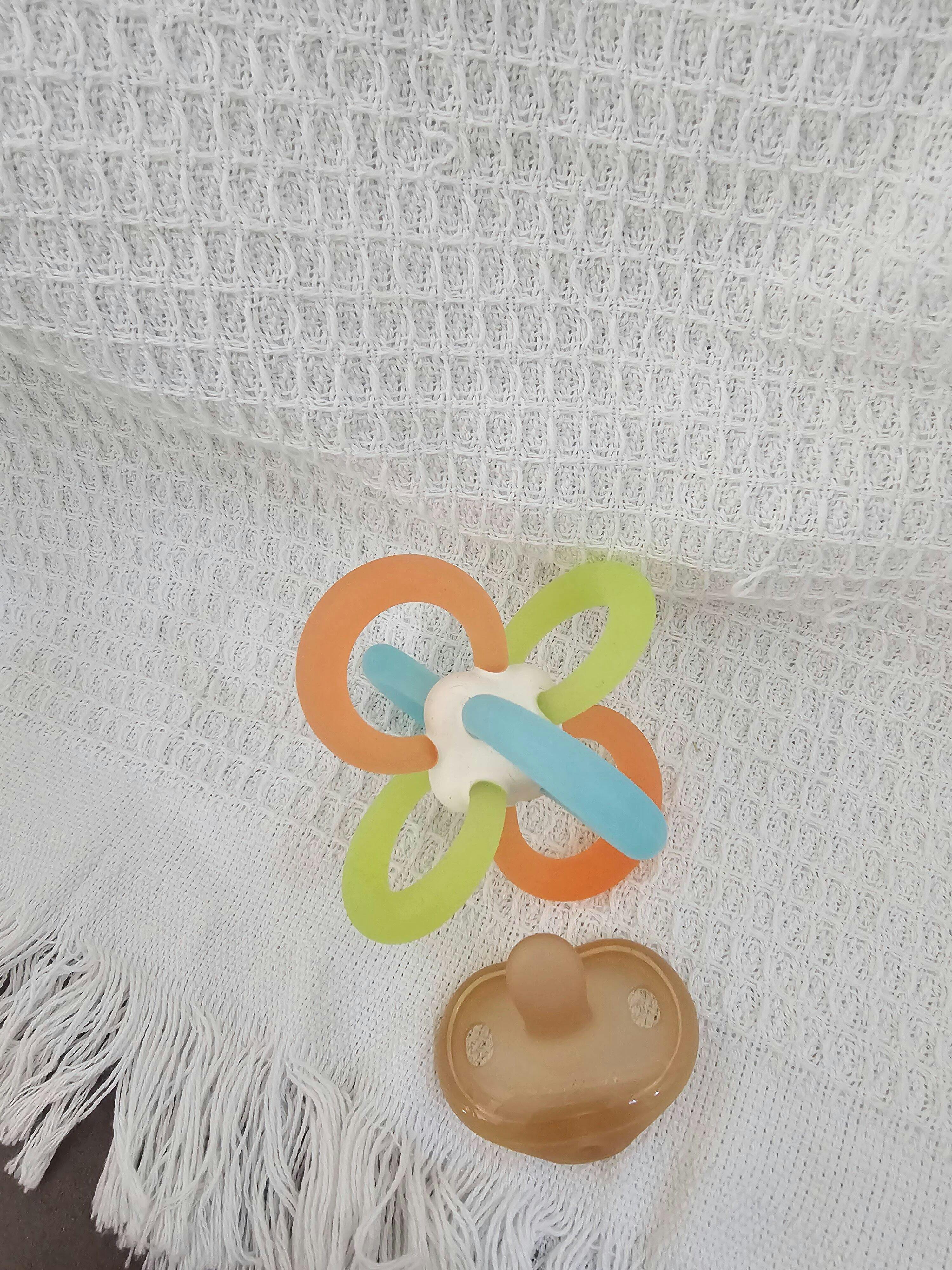Discover the Bottle That Feels Just Like a Mother's Embrace!
In the world of parenting, every little choice can feel monumental, especially when it comes to feeding your infant. One innovative option that has gained popularity among new parents is the breast-shaped bottle. Designed to replicate the natural shape and feel of a mother's breast, these bottles offer a unique emotional connection that can help ease the transition from breastfeeding to bottle-feeding. The comfort they provide is not just for the baby; it extends to parents as well, creating a sense of familiarity and nurturing. In this article, we will explore the benefits of using breast-shaped bottles, key features to consider when making a selection, tips for proper usage and care, and address common concerns parents may face. Whether you're a new parent or a seasoned caregiver, understanding the intricacies of these innovative feeding solutions can enhance your feeding experience.

The Benefits of Using Breast-Shaped Bottles
Breast-shaped bottles offer a myriad of benefits, particularly for infants who are transitioning from breastfeeding. One of the most significant advantages is their ability to closely mimic the natural shape and feel of a mother's breast. This resemblance can help infants feel more comfortable and secure during feeding, reducing anxiety that might arise when switching to a bottle. Many parents report that their babies take to breast-shaped bottles more readily than traditional designs, facilitating a smoother transition. For breastfeeding mothers, this design can help minimize nipple confusion, a common concern when introducing a bottle. By choosing a bottle that feels familiar, babies can adapt more easily, leading to less fussiness and more enjoyable feeding sessions. I remember a friend who struggled with transitioning her little one to a bottle. After trying a breast-shaped option, she noticed a significant improvement in her baby's willingness to feed, making the entire experience less stressful for both of them.
Key Features to Look For
When selecting a breast-shaped bottle, several key features should be considered to ensure the best feeding experience for both the baby and the caregiver. The material of the bottle is crucial; options like BPA-free plastic or glass are preferable for safety and ease of cleaning. Size is another important factor; choose a bottle that fits comfortably in your hand while also being easy for the baby to hold. The shape of the nipple is perhaps the most critical aspect; look for a design that mimics the natural breast. Some nipples even come with varying flow rates, allowing you to choose one that suits your baby's needs as they grow and develop. Additionally, consider a bottle with an anti-colic feature to reduce the risk of gas and discomfort. A friend of mine opted for a breast-shaped bottle that had a slow-flow nipple, and she found that it helped her baby feed at a comfortable pace, reducing any fussiness during mealtime.
How to Properly Use and Care for Breast-Shaped Bottles
To ensure the safety and hygiene of breast-shaped bottles, proper usage and care are essential. Start by thoroughly cleaning the bottle and nipple before the first use and after each feeding. Most breast-shaped bottles can be safely cleaned in a dishwasher, but it’s always best to check the manufacturer's guidelines. When transitioning from breastfeeding to bottle-feeding, timing is key. Aim to introduce the bottle when both you and your baby are relaxed, avoiding times of stress or fussiness. Techniques such as holding your baby in a familiar breastfeeding position can help them feel more at ease. It’s also beneficial to allow other caregivers to offer the bottle initially, as babies can sometimes refuse the bottle if they associate it with breastfeeding. My friend found that having her partner give the first few bottle feedings helped their baby accept the new method more willingly.
Common Concerns and FAQs
As with any parenting choice, parents often have questions and concerns regarding breast-shaped bottles. One common issue is how to choose the right bottle among the many options available. It’s advisable to start with a selection of different brands and features to find what works best for your baby. Another concern is when a baby refuses the bottle; this can be frustrating, but it’s important to remain patient. Sometimes, it takes a few tries for the baby to adjust. If you encounter feeding issues, consulting with a pediatrician or a lactation consultant can provide personalized advice and reassurance. Many parents have found success by blending both breastfeeding and bottle-feeding, allowing their baby to feel secure while gradually introducing the bottle.
Enhancing the Feeding Experience with Breast-Shaped Bottles
In conclusion, breast-shaped bottles present a wonderful solution for parents looking to provide a nurturing feeding experience for their infants. With their design closely mimicking a mother's breast, these bottles can facilitate a smoother transition from breastfeeding to bottle-feeding while addressing common concerns such as nipple confusion. By considering the key features and following proper usage guidelines, parents can enhance the feeding experience for both their babies and themselves. Remember to take your individual needs and preferences into account when selecting a breast-shaped bottle, and enjoy the bonding that comes with feeding your little one. After all, the nurturing experience of feeding is one of the most cherished moments in parenthood.






تعليقات